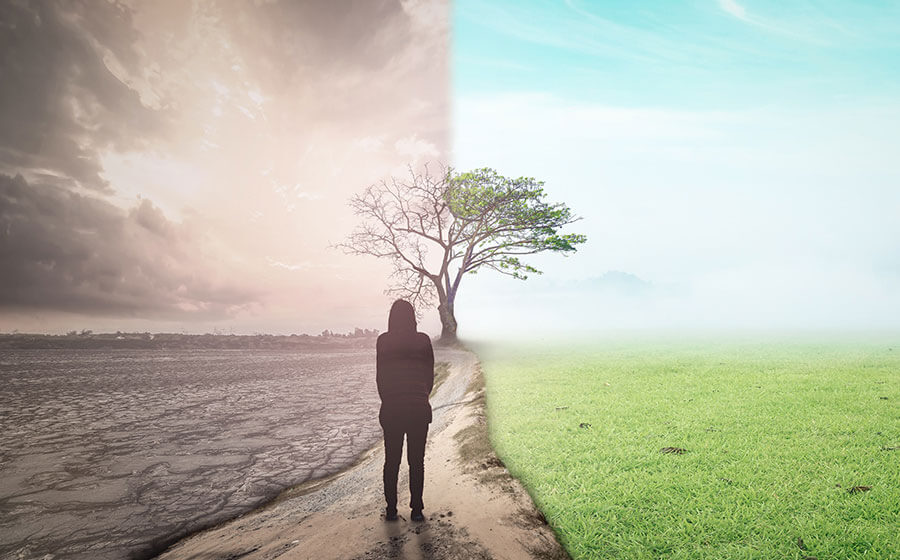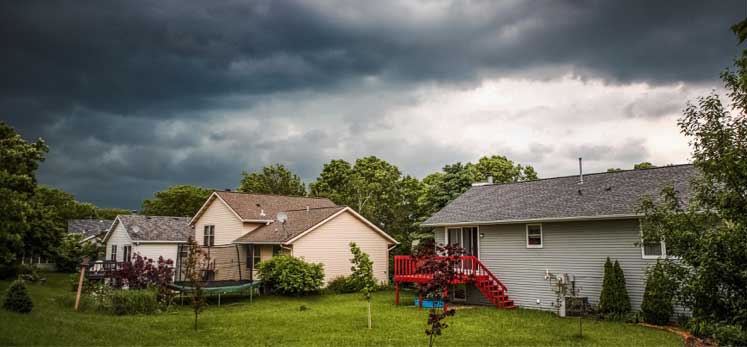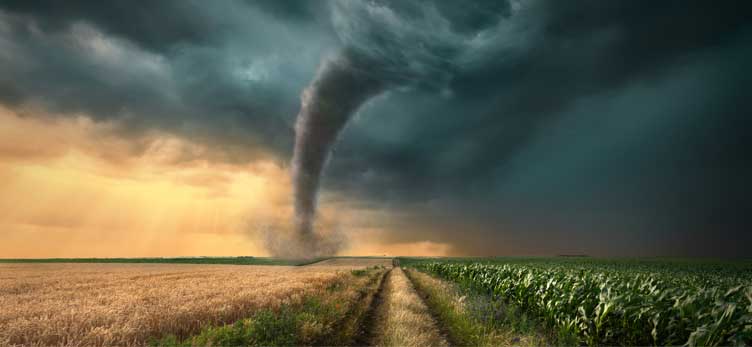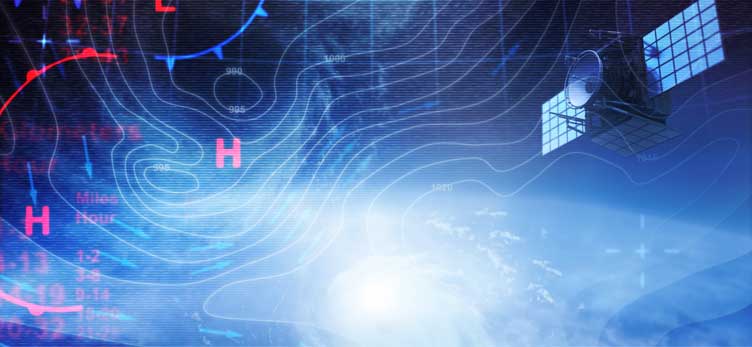- Home
- News
-
Weather Articles
-
Horoscope
- Sweepstakes
- Deal of The Day
How humans can address climate change

The impact of human activities on climate change is overwhelming. However, the controversial question remains “what can we do about it?”.
A conversation that started with a fear of global warming has now shifted to a broader term - climate change. This term is preferred by scientists to define the dense shifts now changing the Earth’s weather, along with climate systems.
Climate change is not only about rising temperatures. It also includes severe weather events, altering wildlife inhabitants and territories, rising sea levels and a series of other impacts. As humans continue to release heat-trapping greenhouse gases into the atmosphere, these changes keep rising.
What can be done?
When it comes to addressing climate change, there’s not one simple solution, but many. Nearly all solutions that exist today are associated with a change in human behavior & the way we make and consume energy. The necessary changes cover behaviors, technologies, and policies that encourage less waste and smart use of resources. Some of the effective ways to reduce the amount of carbon dioxide and other heat-trapping gases on the planet include protecting forests, developing biofuels from organic waste, improving energy efficiency & vehicle fuel economy, increasing wind & solar power, and setting a price on carbon.
Scientists too are working on techniques to sustainably produce hydrogen to supply zero-emission fuel cells for transportation & electricity. They are also building better batteries to store renewable energy and capturing carbon dioxide from power plants & other sources with the aim of collecting it underground or converting it into valuable products such as gasoline.
Reduce risk through adaptation
All around the world, communities are understanding that adaptation must also be part of the response to climate change. A new initiative focuses on increasing resistance in regions that face increased drought & fires, and coastal towns that are prone to floods. These projects include building microgrids and other energy systems to withstand disruptions, handling or averting land erosion and constructing buildings with rising sea levels in mind.








